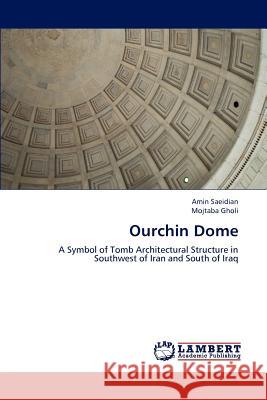Ourchin Dome » książka
Ourchin Dome
ISBN-13: 9783659217159 / Angielski / Miękka / 2012 / 52 str.
The origin of the ourchin dome dates back to Seljuqid period, seventh and eighth century. According to the available documents, Seljuqid period is considered to be the period of the efflorescence of Irans architecture in Islamic era. The architects of Seljuqid period provided the dome structures with four porches and square chambers, which are the bases of some religious and non-religious architecture. Beside the religious structures, other structures such as tombs and graves evolved and found their place among people. The architects of tomb structures of Seljuqid period passed stable days, gained the advantage of their experience, and made many attempts to create new pattern for future. In this period, constructing the domes for the tomb structure achieved its own specific style in south of Iran, in contrast to the north of Iran, and became distinct from the style of other parts of Iran. Thus, a new type of dome called mozaras or ourchin came into existence.











